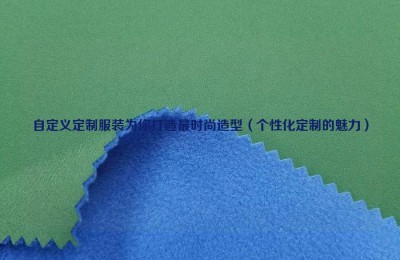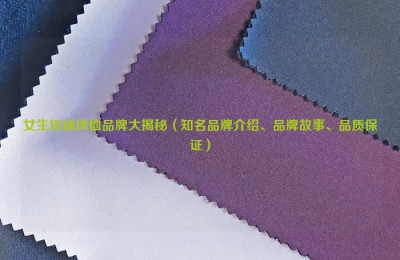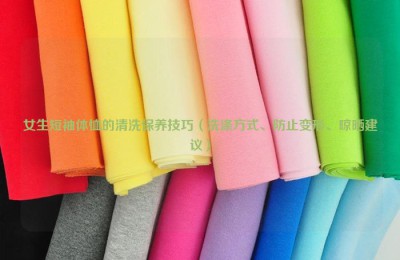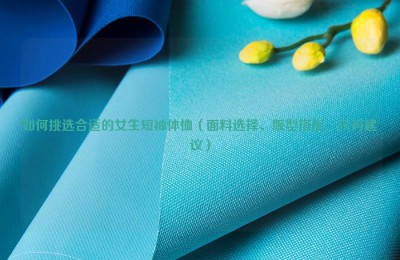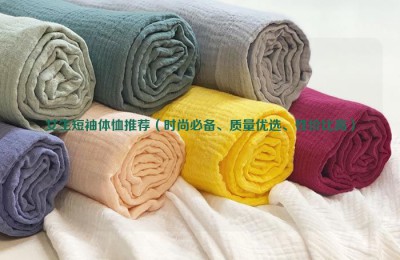The artistic decoration function of decorative fabrics is not only reflected in the artistic beauty of patterns and colors produced by weaving, printing, rolling, embroidery, shearing, rotting and other processes, but also in the texture produced by materials, weaving, finishing, etc. The texture is beautiful in style, and this is also the unique artistic feature of decorative fabrics compared with other art decorative products. Through the selection and processing of raw materials, structural configuration and post-processing, decorative fabrics can produce surface appearance effects such as delicate and smooth, rough and thick, flat and elegant, or flashing colors, which we call texture, or texture for short. . (1) Material elements 1. Fiber materials with different chemical properties of yarn raw materials show different physical properties, which are related to the appearance of the final product, such as gloss (reflective properties of light sources), bulk (curling energy, rigidity, etc.) and the most direct Fiber longitudinal and cross-sectional morphology, etc. With the rapid development of chemical fibers, the development of appearance of textile products has been enriched. They are both polyester fibers, ranging from matte to glossy, from ordinary to ultra-fine, and from low shrinkage to high shrinkage. By rationally utilizing these abundant raw materials and using various yarn processing and post-finishing processes, decorative fabrics with various textures and styles can be developed. For example, glossy filament fibers can be used in products that emphasize luster, while matte short fiber products have a soft and velvety luster. Fibers with poor evenness can be used in products with a rough appearance. Microfiber products can be post-finished to produce a peach-skin suede texture effect. Raw materials with large differences in shrinkage properties can be used to develop high-flower products with relief effects, etc. 2. Yarn production (1) Conventional yarn structures mainly include single yarns and ply yarns. However, due to the same twisting degree, twist direction and number of ply yarns, conventional yarns have untwisted single filaments, low-density yarns, etc. There are many variations such as twisting thread, medium twisting thread, co-twisting thread, and different direction twisting thread. They have their own characteristics in terms of appearance gloss, hand bulkiness, shrinkage resilience, etc. If variations are used in products with the same structure, different texture effects can also be produced. For example, if the same plain weave fabric has the same thread density and density, and the warp and weft are twisted in the same direction, it will have a soft luster and a flat surface. If the warp and weft are twisted in different directions, the fabric will have a bright texture and a fluffy structure. Strongly twisted yarn has strong resilience and can produce a “crepe” effect on the fabric. (2) Fancy yarns enrich the texture changes of decorative fabrics with their special shapes and special color effects. Fancy yarn is one of them, which includes different-color strands, strip-dyed different-color yarns, segmented different-color yarns, segmented different-color yarns, and gold and silver fancy yarns (also known as flashing yarns). Fancy yarns that are plied with single yarns of different structures or adopt special processing techniques include slub yarn, wavy yarn, knotted yarn, yarn loop yarn, wrapped yarn, terry yarn, braided yarn, broken chenille yarn, and electrostatic flocking Line etc. Fancy yarns themselves are highly decorative and can be used in decorative fabrics to produce subtle and colorful textures, or have a dotted, rough texture effect.
AAAFGNHIYIYO
Texture Design Material Elements for Decorative Fabrics Composite Fabric Information
The artistic decoration function of decorative fabrics is not only reflected in the artistic beauty of patterns and colors produced by weaving, printing, rolling, embroidery, shearing, rotting and other process…
This article is from the Internet, does not represent Composite Fabric,bonded Fabric,Lamination Fabric position, reproduced please specify the source.https://www.yjtextile.com/archives/37508


